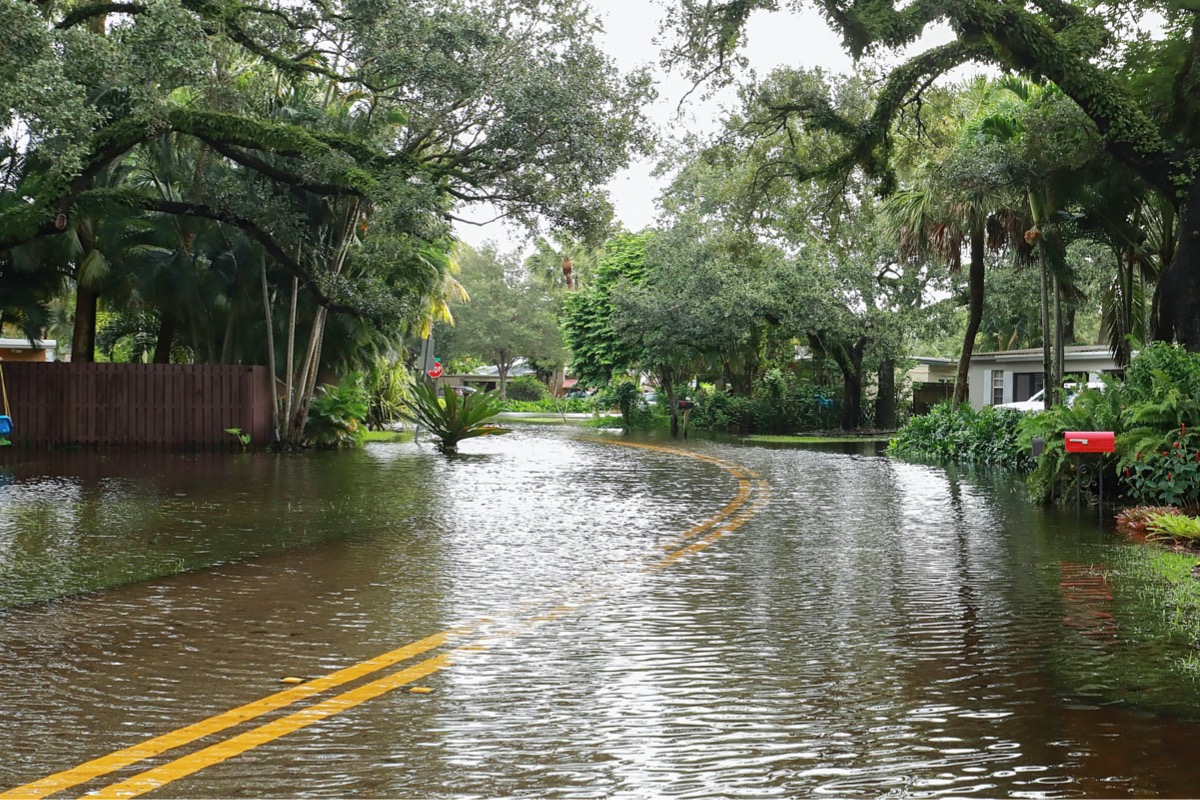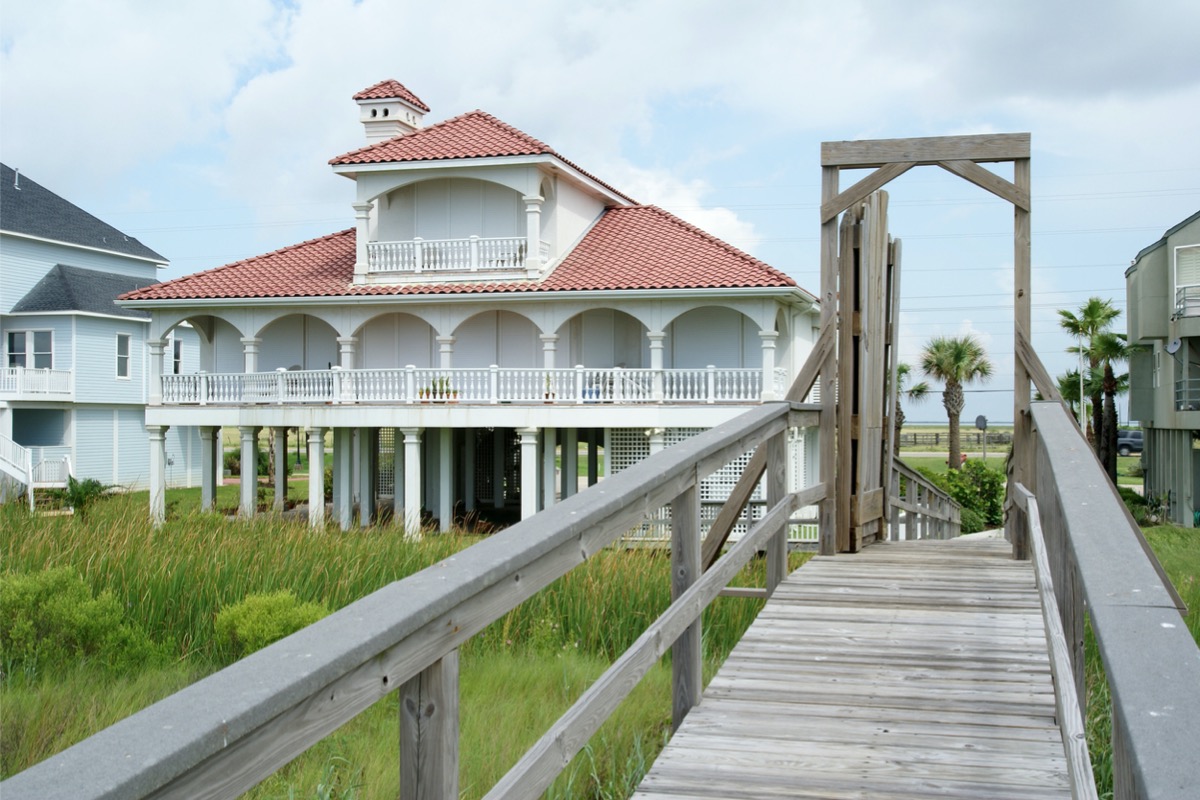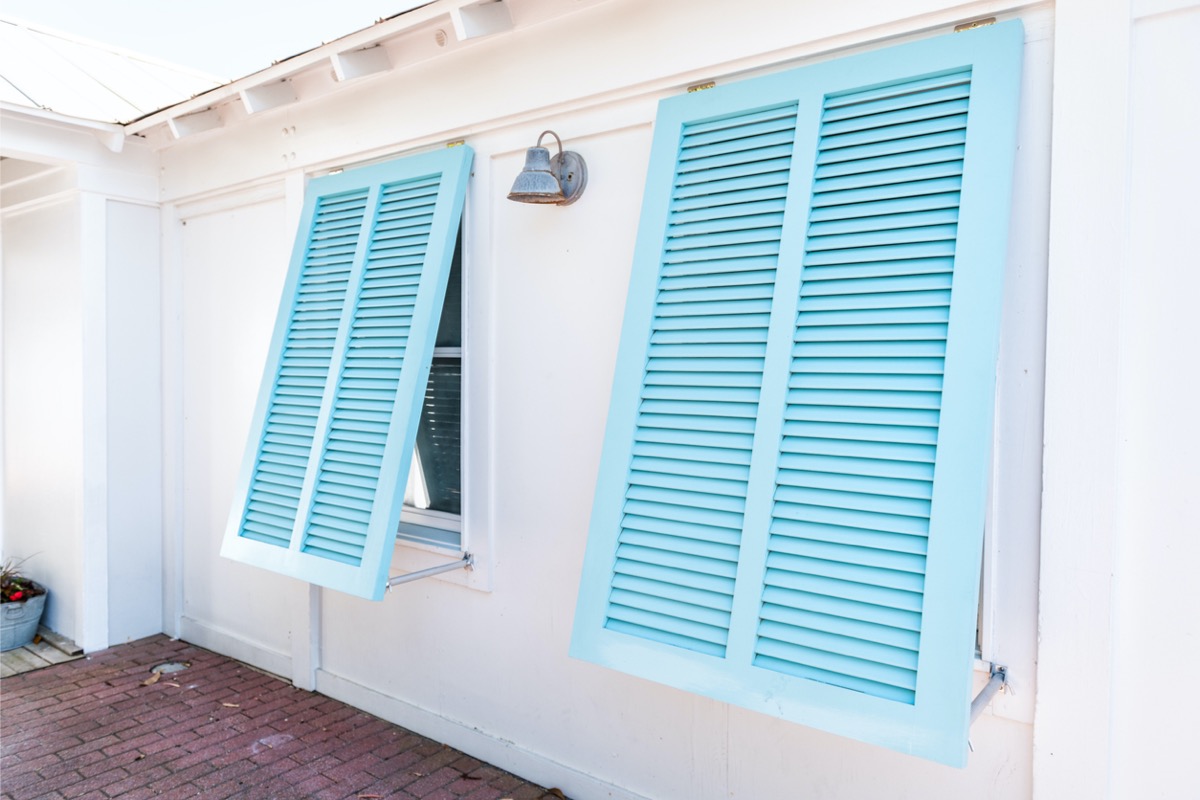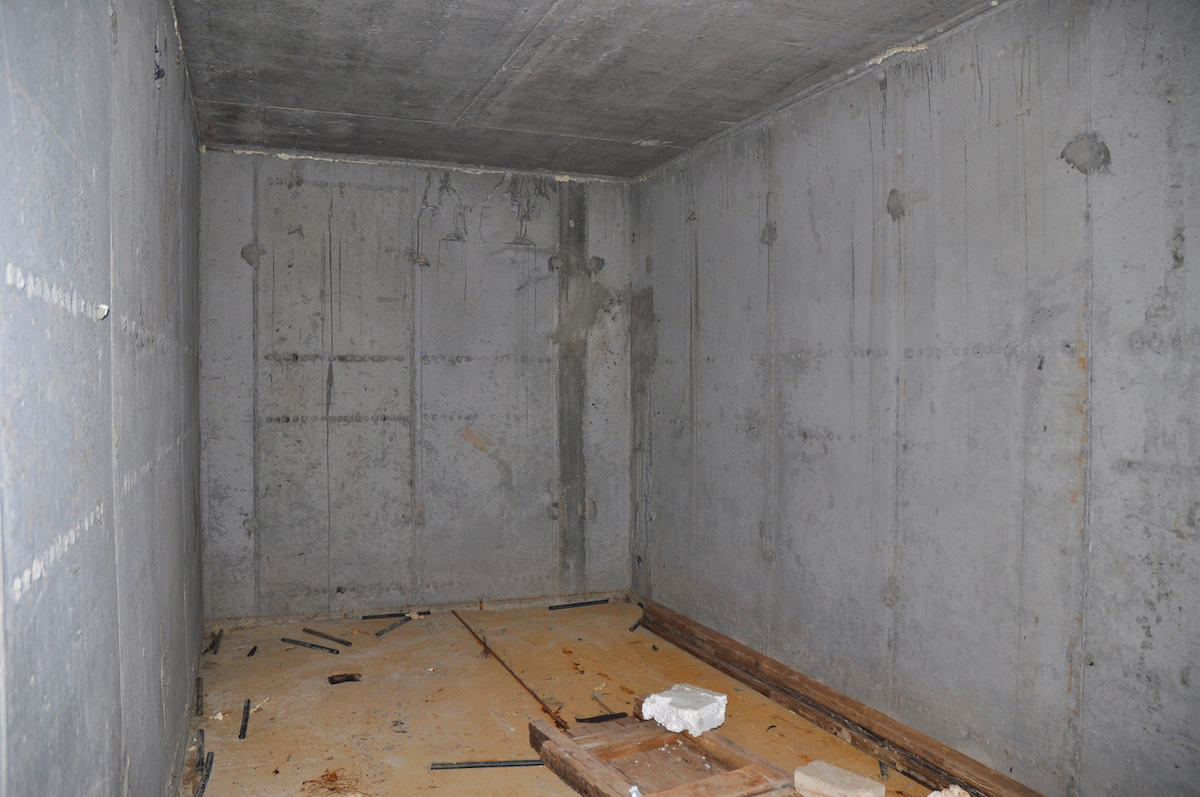

We may earn revenue from the products available on this page and participate in affiliate programs. Learn More ›
You may already know that making your home more eco-friendly can provide a great return on investment (ROI), but did you know that some environmental features can also help a home sell more quickly or raise its value? Today’s home buyers have a new set of priorities when shopping for a home. According to a Zillow survey, more than 60 percent of adults between the ages of 18 and 34 and more than 50 percent of adults between the ages of 35 and 54 believe that climate change will have an impact on their future homes.
These current and future home buyers are looking for features that will protect their home against damage from hurricanes, tornadoes, wildfires, earthquakes, and other natural disasters. Read on to learn more about some of these protective features that could help make your home more appealing to this group of potential buyers.
RELATED: 10 Ways Your Backyard Garden Can Combat Climate Change
Seismic Retrofitting
Even the best earthquake kit isn’t going to protect a home from damage. Seismic retrofitting can improve the structural integrity of a home, making it less likely to be damaged during an earthquake. According to Zillow, seismic retrofitting had the greatest impact on the speed in which a home sells compared to other protective measures against natural disasters. When compared to similar, non-retrofitted homes, those with seismic retrofitting sold an average of 19 days faster.
Stilts and Piers
Stilts can help prevent flooding from ruining a home or its contents during a hurricane or other natural disasters. Zillow’s researchers found that homes built on stilts sold for more than comparable homes without this defense against flooding. The average price premium for a home on stilts was 1.1 percent.

Hurricane Shutters
Hurricane season lasts for half the year or more, leaving plenty of time for homeowners to worry about potential damage to their house. Hurricane shutters help protect the doors and windows of a property from breaking in the extreme winds during a hurricane. Because of this, they can also protect the inside of a home, along with its belongings. If you’ve already invested in hurricane shutters, it may pay off when it comes time to sell your home. Zillow found that homes with hurricane shutters sold for a 1.4 percent premium over similar homes without them.

Flood Barriers
Flood barriers can also be appealing to potential buyers. There are two main types of flood barriers: expandable and non-expandable. Both of these offer a more environmentally friendly solution to sandbags, which need to be replaced after each event. Flood barriers can be put up to seal a home from potential damage when a large storm or weather event is expected. Zillow found that homes with flood barriers or passive barriers sold for an average price premium of 0.2 percent over homes without similar protections.
RELATED: 11 Things You Should Never Do During a Hurricane
Storm Shelters
Tornado season can be a scary and unpredictable time for those who live in an area where tornadoes are likely to occur. A storm shelter can be less vulnerable than even a tornado-ready basement. Should a tornado rip through a house, individuals will be less likely to be injured in a shelter where there aren’t as many potential projectiles and safety hazards. Zillow found that homes with tornado shelters sold an average of 1.3 days faster than comparable homes with no storm shelters.

Drought-Resistant Landscaping
If your home is in an area that often goes long stretches of time with little to no rain, drought-resistant landscaping can be seen as a huge selling point for some potential buyers. Plants that are considered drought-resistant are able to survive even during extended periods of time with no water. Some examples of drought-resistant trees and plants include red maple trees, crape myrtle trees, butterfly bushes, blue mist shrubs, winter jasmine, black-eyed Susans, and purple coneflowers. You can also consider adding drought-resistant ornamental grasses, such as purple fountain grass, blue fescue, and zebra grass. Zillow says that having drought-resistant landscaping can help your home sell an average of 9.2 days more quickly than similar homes without it.
